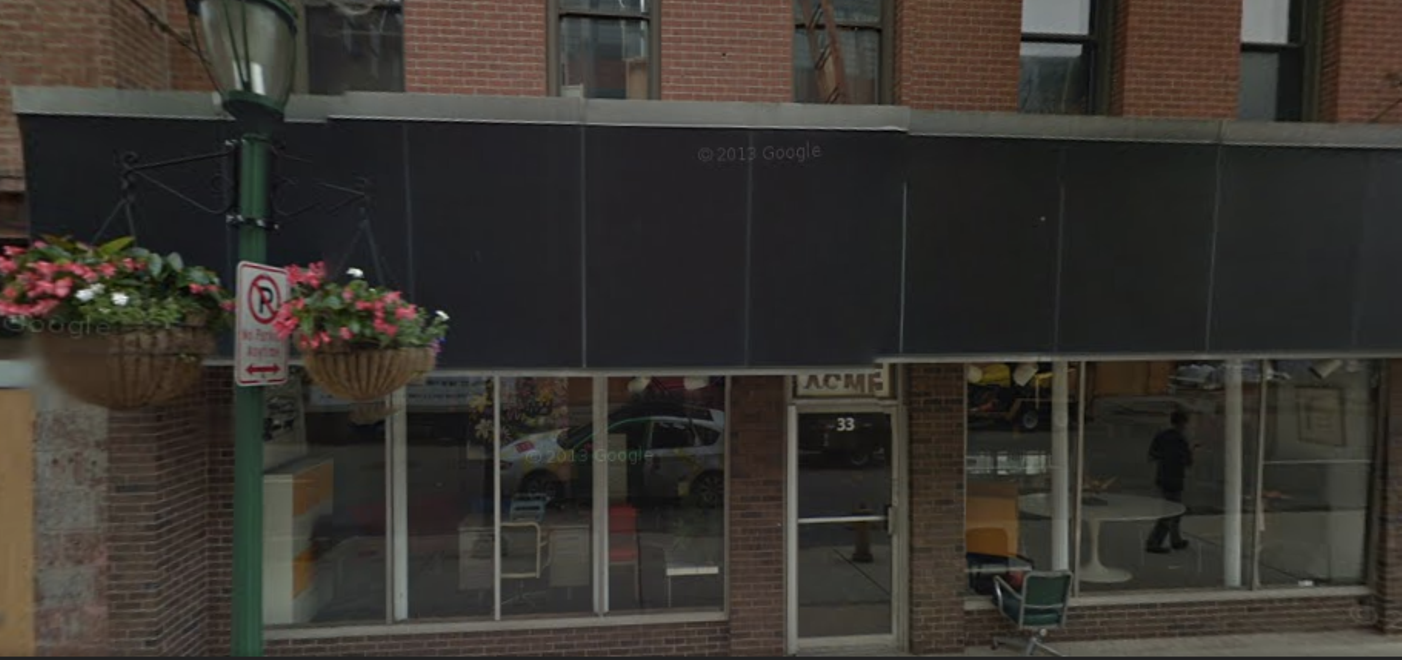
29 Crown St, New Haven, CT
Historical Tenants
1870s On December 1, 1871, the New Haven Dispensary opens on 31 Crown Street, with the purpose of “supplying medicines and medical advice and assistance to such as may be sick and needy, in New Haven and its vicinity.” By 1874, the dispensary was serving nearly 1,600 mostly working-class patients yearly. The dispensary moves from its original Crown Street home to York Street in 1878.[i]
1880s 29-31 Crown Street is the home of Steele & Emery, owned by Alexander Emery. As shown on the 1886 Sanborn Map, Steel & Emery specializes in spices; “teas, coffees, spices, and fancy groceries form the principal articles sold.”[ii] Steele & Emery thrives on 31 Crown, its trade extending “over a wide territory.” Steele & Emery is particularly known for their “Czar Baking Powder” (right). The business fails by the 1890s.
1900s 31 Crown Street has a new occupant: Charles W. Foster, an enterprising businessman who establishes Charles W. Foster & Co in 1877 and moves into 31 Crown by the mid-1890s. Charles W. Foster & Co. manufactures “Corsets and Elastic Garment and Hose Supporters.”[iii] Foster sees his business become a great success: Foster corsets are heralded as “equal in every respect to the French corset, and cost much less in price,” a boon to practical New England women.[iv] The building has been transformed into a lively manufacturing hub, consisting of three floors and “fitted up with all the newest mechanical contrivances necessary.”[v] Foster expands his business to reselling Wolverine Stationary Motors, as advertised in an 1890s issue of the Hartford and Meridan News (left), and is well known as “an esteemed member of New Haven’s commercial circles.”[vi]
31 Crown Street exemplifies the industrious energy of early 20th century New Haven around this time: Foster hit his entrepreneurial peak just as the city started to accelerate in economic growth, buoyed by the Industrial Revolution.
1911 Jennie Rosenbluth now owns the property, according to historical records.[vii] In 1911 Jennie Rosenbluth is widowed, her husband Solomon deceased eight years prior.
When Jennie herself passes away in 1922, ownership of the property transfers to her sons Louis and Arthur. They are prolific characters in New Haven: Louis is a Yale Law School graduate, practicing lawyer and active in organizations such as the New Haven Community Foundation. At 28 Arthur is mentioned in the Bridgeport Herald for his enterprising plan to build enormous “ice houses,” designed to supply the city after a harrowing “ice famine” in 1905.[viii]
1912 The Rosenbluths lease the property to Joseph Greenberg, a German immigrant who founds ACME Moving & Storage Company along with his brother Samuel.
1944 Louis Rosenbluth sells 29-33 Crown Street to Joseph Greenberg permanently. Since then, the property has remained under the ownership of the Greenberg family. Greenberg also runs his business out of four other buildings on State Street throughout the 1950s and 60s.
1960s Once densely surrounded by buildings, 29-33 Crown Street now stands next to an empty lot. A contemporary investigation of the space reveals a parking lot at the site where a large warehouse once stood, according to Sanborn maps. The changing landscape evidences the prioritization of auto accessibility throughout the mid-20th century in New Haven, as older buildings are demolished to ease the movement of cars into the city.
2012 Now ACME Office Furniture, Greenberg’s business celebrates its 100th anniversary on 33 Crown Street, still operated by the Greenbergs: Alan, Joseph Greenberg’s son, and his son Robert.[ix] Since the 1960s, ACME has specialized in vintage furniture – a fitting niche for one of New Haven’s oldest businesses. 33 Crown Street simultaneously recalls the past while serving as an integral part of the revitalized and reenergized Ninth Square.
[i] Kerry Falvey, “The New Haven Dispensary,” Yale School of Medicine, Fall 2010, http://yalemedicine.yale.edu/autumn2010/features/capsule/109025.
[ii] Edward E. Atwater, ed., History of the City of New Haven to the Present Time (New York: W. W. Munsell & Co., 1887).
[iii] Edward E. Atwater, ed., Leading Business Men of New Haven County (Boston: Mercantile Publishing Company, 1887).
[iv] Ibid.
[v] Ibid.
[vi] Ibid.
[vii] SML archives
[viii] “New Ice Concern May Buck Trust,” Bridgeport Herald, December 6, 1906
[ix] “Dial “P” For Pop-Up Party,” New Haven Independent, July 9, 2012, http://www.newhavenindependent.org/index.php/archives/entry/ninth_square/
1870s On December 1, 1871, the New Haven Dispensary opens on 31 Crown Street, with the purpose of “supplying medicines and medical advice and assistance to such as may be sick and needy, in New Haven and its vicinity.” By 1874, the dispensary was serving nearly 1,600 mostly working-class patients yearly. The dispensary moves from its original Crown Street home to York Street in 1878.[i]
1880s 29-31 Crown Street is the home of Steele & Emery, owned by Alexander Emery. As shown on the 1886 Sanborn Map, Steel & Emery specializes in spices; “teas, coffees, spices, and fancy groceries form the principal articles sold.”[ii] Steele & Emery thrives on 31 Crown, its trade extending “over a wide territory.” Steele & Emery is particularly known for their “Czar Baking Powder” (right). The business fails by the 1890s.
1900s 31 Crown Street has a new occupant: Charles W. Foster, an enterprising businessman who establishes Charles W. Foster & Co in 1877 and moves into 31 Crown by the mid-1890s. Charles W. Foster & Co. manufactures “Corsets and Elastic Garment and Hose Supporters.”[iii] Foster sees his business become a great success: Foster corsets are heralded as “equal in every respect to the French corset, and cost much less in price,” a boon to practical New England women.[iv] The building has been transformed into a lively manufacturing hub, consisting of three floors and “fitted up with all the newest mechanical contrivances necessary.”[v] Foster expands his business to reselling Wolverine Stationary Motors, as advertised in an 1890s issue of the Hartford and Meridan News (left), and is well known as “an esteemed member of New Haven’s commercial circles.”[vi]
31 Crown Street exemplifies the industrious energy of early 20th century New Haven around this time: Foster hit his entrepreneurial peak just as the city started to accelerate in economic growth, buoyed by the Industrial Revolution.
1911 Jennie Rosenbluth now owns the property, according to historical records.[vii] In 1911 Jennie Rosenbluth is widowed, her husband Solomon deceased eight years prior.
When Jennie herself passes away in 1922, ownership of the property transfers to her sons Louis and Arthur. They are prolific characters in New Haven: Louis is a Yale Law School graduate, practicing lawyer and active in organizations such as the New Haven Community Foundation. At 28 Arthur is mentioned in the Bridgeport Herald for his enterprising plan to build enormous “ice houses,” designed to supply the city after a harrowing “ice famine” in 1905.[viii]
1912 The Rosenbluths lease the property to Joseph Greenberg, a German immigrant who founds ACME Moving & Storage Company along with his brother Samuel.
1944 Louis Rosenbluth sells 29-33 Crown Street to Joseph Greenberg permanently. Since then, the property has remained under the ownership of the Greenberg family. Greenberg also runs his business out of four other buildings on State Street throughout the 1950s and 60s.
1960s Once densely surrounded by buildings, 29-33 Crown Street now stands next to an empty lot. A contemporary investigation of the space reveals a parking lot at the site where a large warehouse once stood, according to Sanborn maps. The changing landscape evidences the prioritization of auto accessibility throughout the mid-20th century in New Haven, as older buildings are demolished to ease the movement of cars into the city.
2012 Now ACME Office Furniture, Greenberg’s business celebrates its 100th anniversary on 33 Crown Street, still operated by the Greenbergs: Alan, Joseph Greenberg’s son, and his son Robert.[ix] Since the 1960s, ACME has specialized in vintage furniture – a fitting niche for one of New Haven’s oldest businesses. 33 Crown Street simultaneously recalls the past while serving as an integral part of the revitalized and reenergized Ninth Square.
[i] Kerry Falvey, “The New Haven Dispensary,” Yale School of Medicine, Fall 2010, http://yalemedicine.yale.edu/autumn2010/features/capsule/109025.
[ii] Edward E. Atwater, ed., History of the City of New Haven to the Present Time (New York: W. W. Munsell & Co., 1887).
[iii] Edward E. Atwater, ed., Leading Business Men of New Haven County (Boston: Mercantile Publishing Company, 1887).
[iv] Ibid.
[v] Ibid.
[vi] Ibid.
[vii] SML archives
[viii] “New Ice Concern May Buck Trust,” Bridgeport Herald, December 6, 1906
[ix] “Dial “P” For Pop-Up Party,” New Haven Independent, July 9, 2012, http://www.newhavenindependent.org/index.php/archives/entry/ninth_square/
Researcher
Marlena Vasquez
Date Researched
Entry Created
June 4, 2017 at 8:47 AM EST
Last Updated
June 4, 2017 at 8:47 AM EST by null
Historic Name
Style
Current Use
Era
Neighborhood
OtherTours
Heading down Crown StreetYear Built
mid-late 1800s
Architect
unable to find
Current Tenant
Roof Types
Structural Conditions
Street Visibilities
Threats
External Conditions
Dimensions
Street Visibilities
Owner
Ownernishp Type
Client
Historic Uses

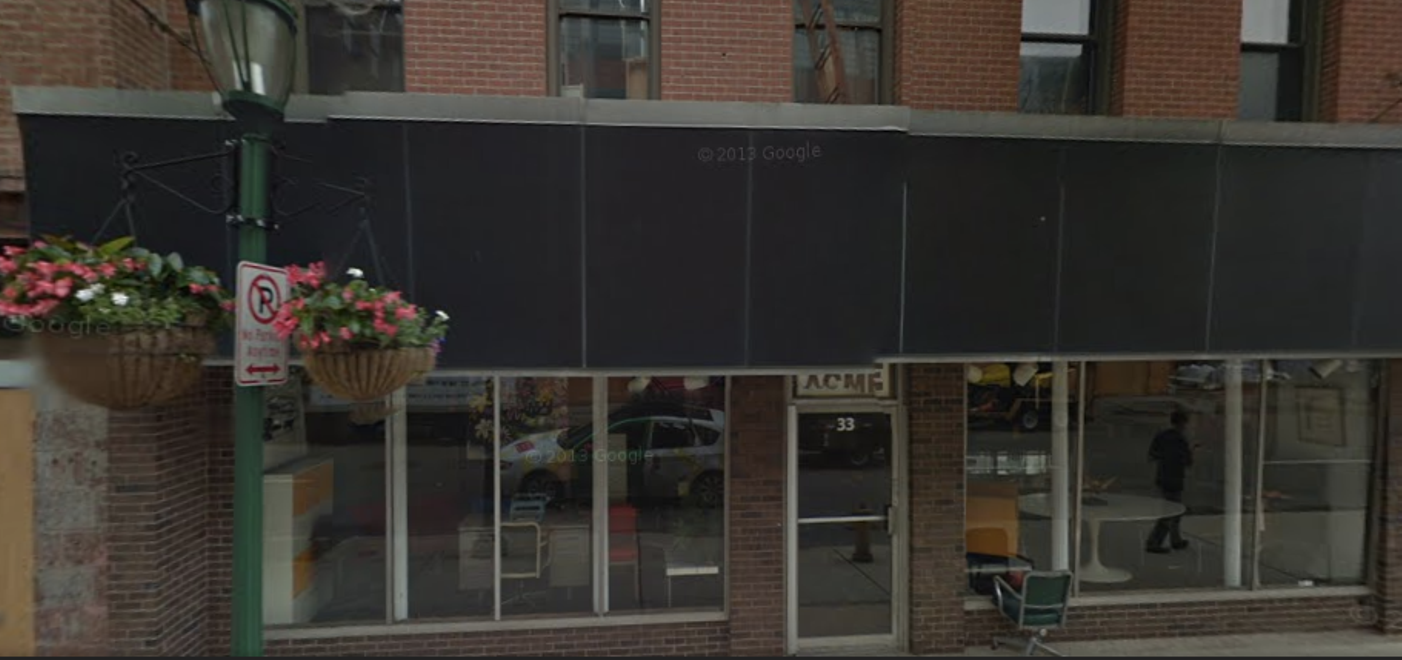

1920s: urban density
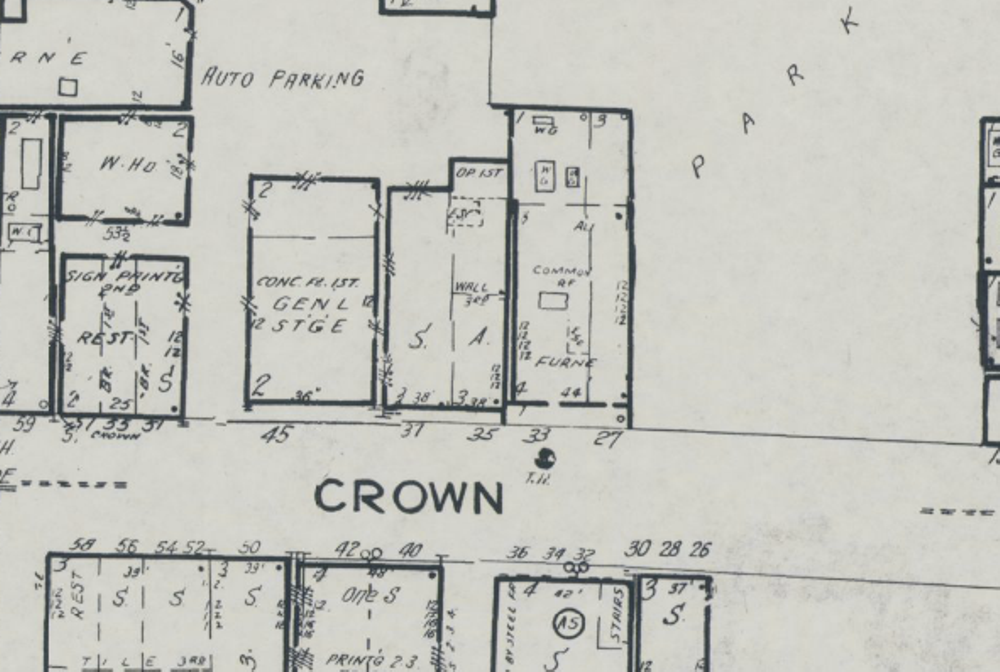
1970s: parking lots
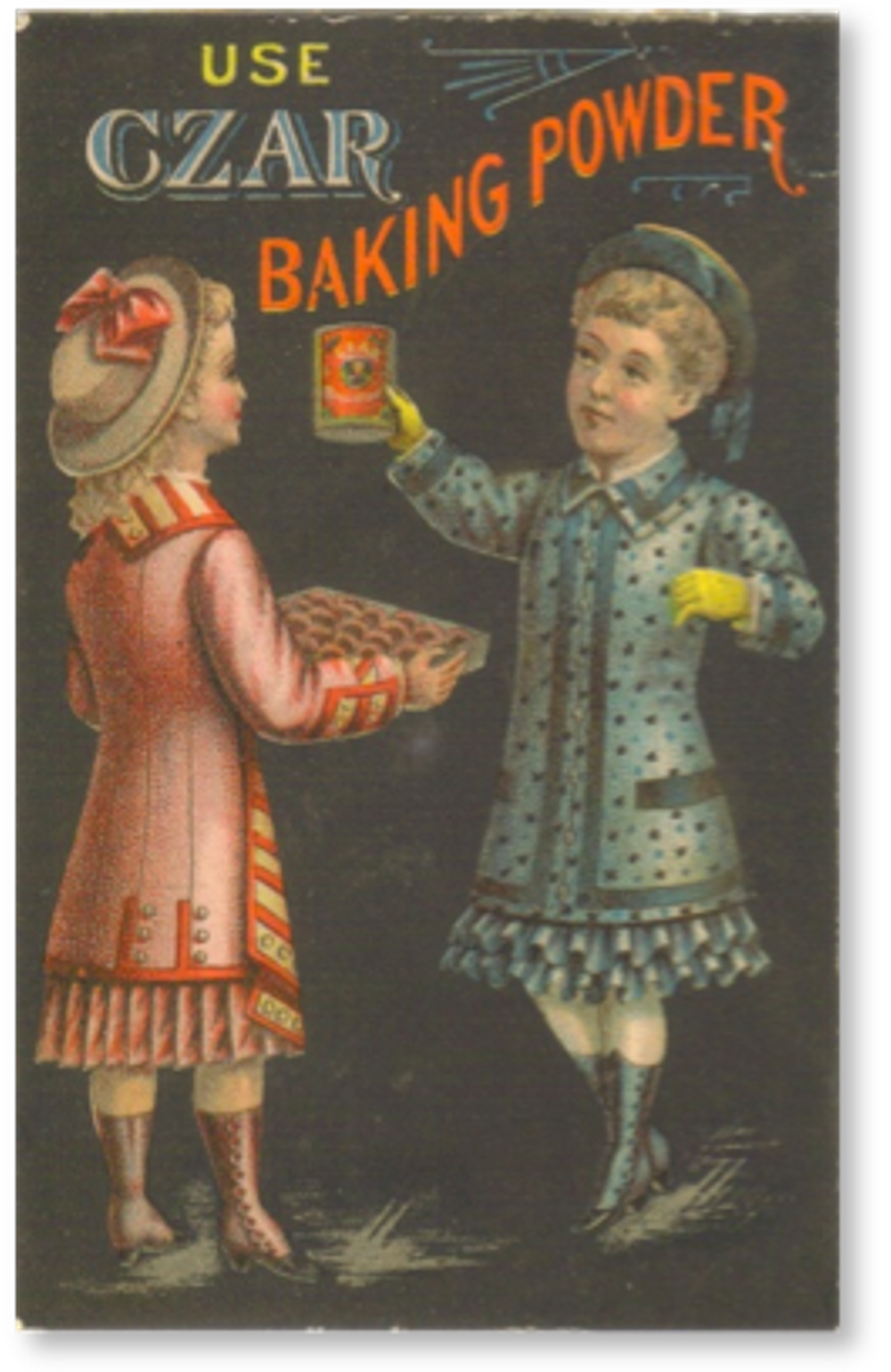
Czar Baking Powder ad
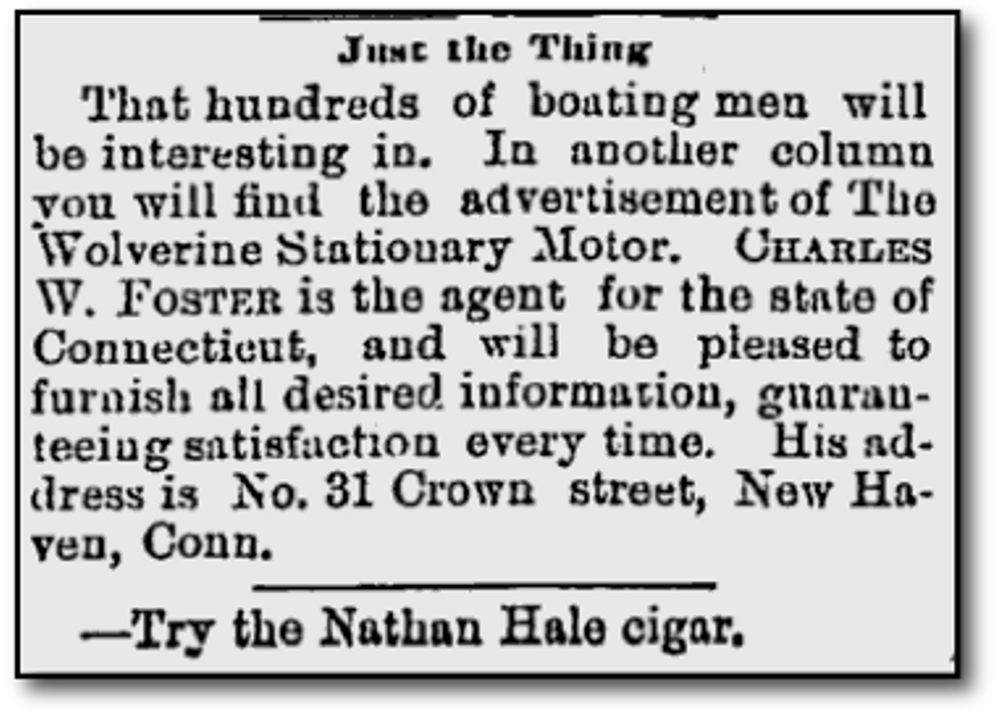
ad by Charles W. Foster
Comments
You are not logged in! Please log in to comment.